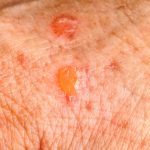
An actinic keratosis, also known as a solar keratosis, is a growth that appears on parts of your body that are frequently exposed to sun.
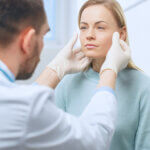
Annual skin examinations can help catch skin cancer in its early stages and should be performed at least once a year by your dermatologist.
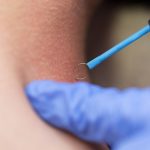
Basal cell carcinoma is the type of skin cancer that carries the least amount of risk, but it does need attention.

Cryotherapy, or “cryosurgery,” is a simple, non-invasive procedure in which liquid nitrogen is used to freeze and destroy growths on the surface of the skin.
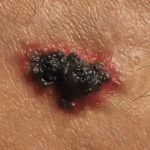
Melanoma is a cancer of the skin that begins in the melanocytes, which are the cells that produce the pigment melanin.
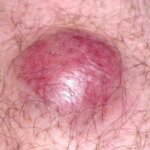
Merkel cell carcinoma is an aggressive form of skin cancer with a high mortality rate. Learn more about diagnosis and treatment options here.
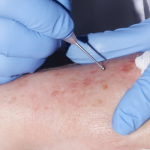
Mohs surgery is a surgical technique used to treat skin cancer in which the surgeon removes all the visible cancer, plus a small margin of the surrounding healthy tissue, and examines it to ensure that all cancer cells have been removed at the time of surgery.
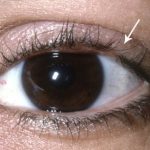
Sebaceous carcinoma is a rare but aggressive form of skin cancer that develops in the squamous cells that lubricate the skin. It most often begins on or around the eyelids.

Skin cancer is the most common form of cancer in the U.S. It is most often caused by ultraviolet radiation from sunshine or tanning beds.
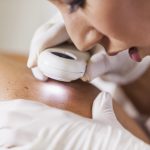
Squamous cell carcinoma is a common form of skin cancer that develops in the squamous cells that make up the outer layer of the skin. Although it is usually not life threatening, it can be aggressive in some cases.